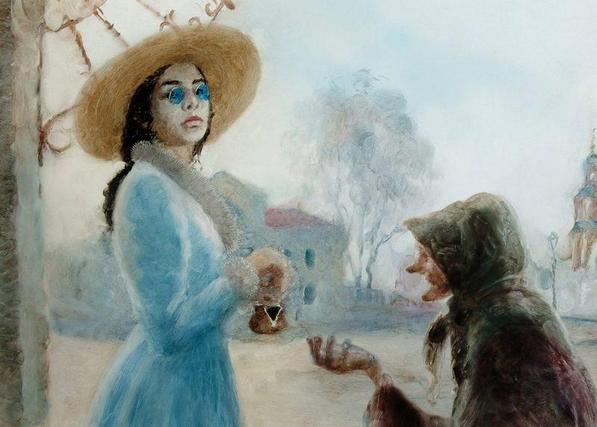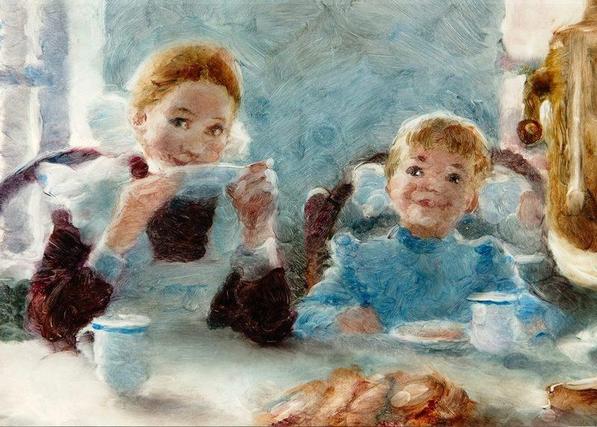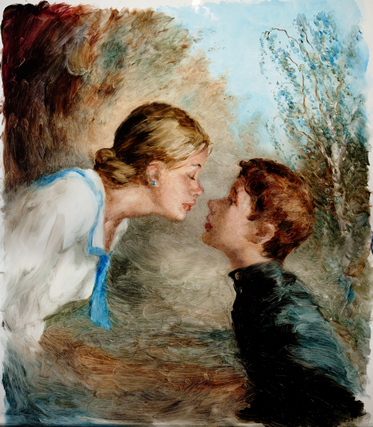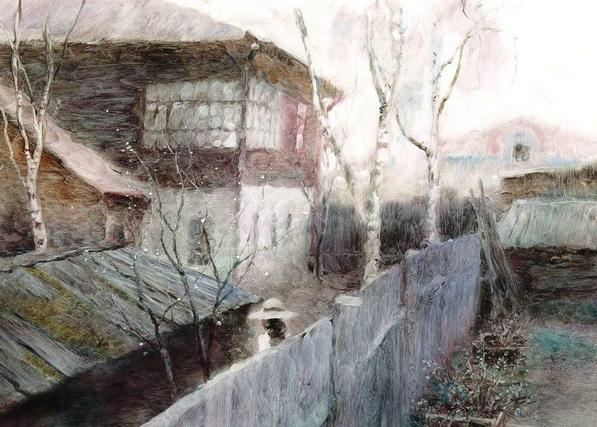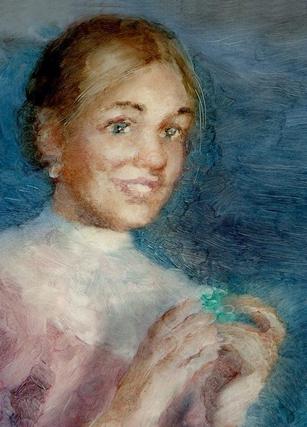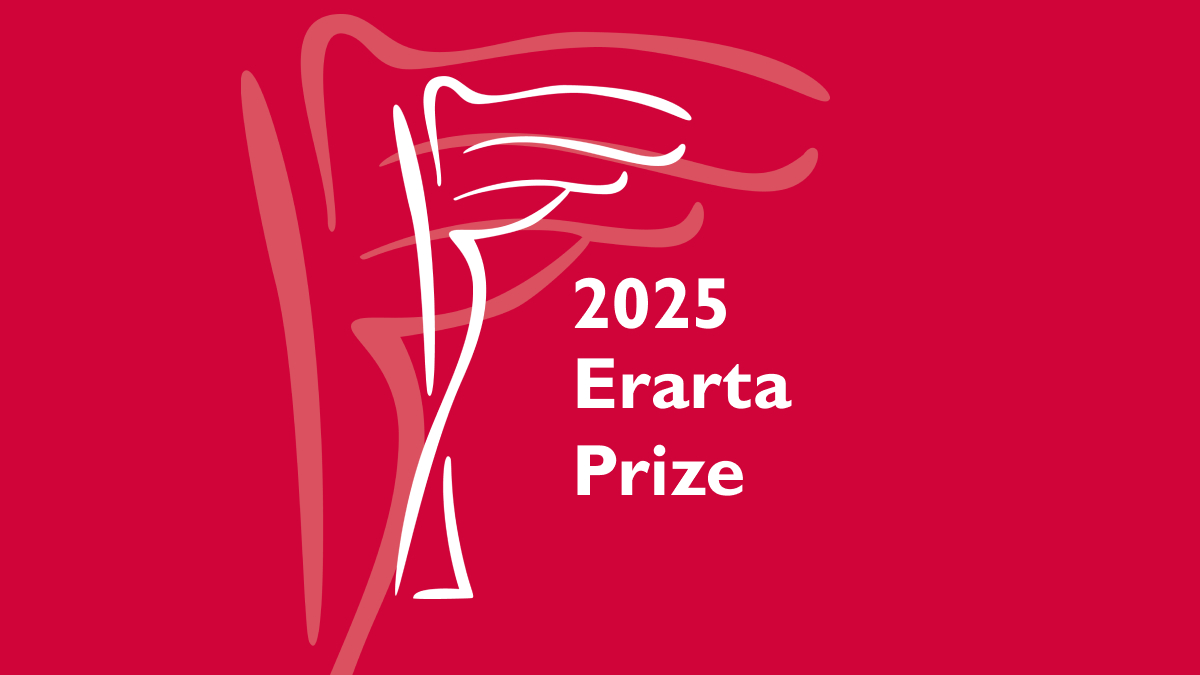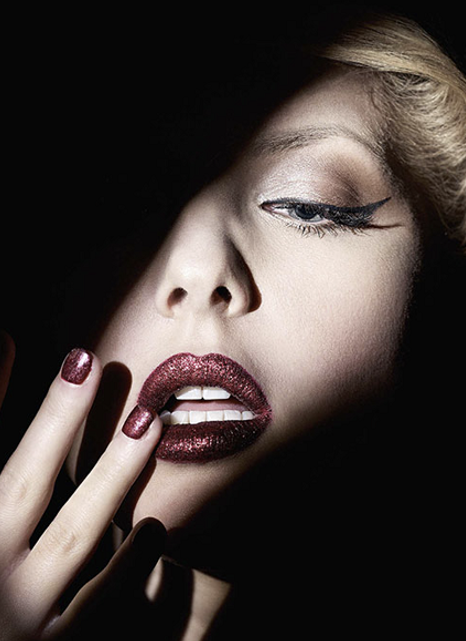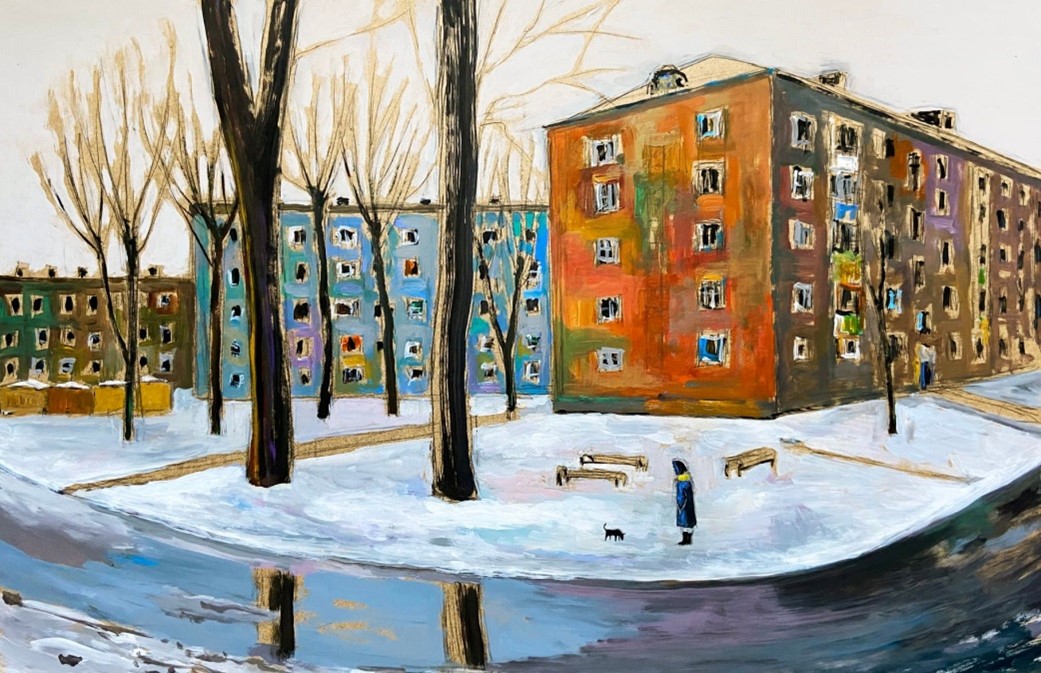Celebrated animation by Aleksander Petrov — oil paintings transformed into a motion picture
- Works by the Oscar-winning animator
- The film composed from 25 thousand paintings
- Great animation to great literature
The scope of Alexander Petrov’s artistic work is rather wide. He is known as a film director, artist, animator as well as screenwriter in many of his films. Staying within the confines of a single “genre” has never been good enough for him. Alexander Petrov made the first steps in his creative development as an artist. During his school years, he started studying drawing and painting at art school of Yaroslavl Fine Art College. This school provided a good training, however, after the graduation, the most talented and committed students continued their studies in Moscow or Saint Petersburg. Alexander Petrov decided to enroll at the All-Union State Institute of Cinematography (a.k.a. VGIK) in Moscow. Although years of study have left their mark, they haven’t changed the artistic foundations laid by Yaroslavl professors. His teachers, B. Nemensky and V. Tokarev, have followed the traditions of the realist art. Both in his work and life, Alexander Petrov aspires to keep in touch with classical Russian culture.
Nevertheless, it was during the time at VGIK that Alexander Petrov gradually shifted from easel art to animation. In arts, this move is equivalent to the step into another dimension.
Undoubtedly, the capacity of an artist is embedded within all the aspects of Alexander Petrov’s creative work. Artist animator has to thoroughly design each character and each scene of the film. This field, according to the author, requires a lot of patience and implies daily hard work on each frame that constructs the storyline of the film.
To date, Alexander Petrov made five films, each of which is a unique works of art. During his work, the author makes thousands of sketches of objects, characters, scenes, storyboards, etc. Search for the character and its development alone can make up tens and hundreds of pencil or ink drawings. Alexander Petrov has, without doubt, a masterful command of drawing. He is capable of conveying a complex angle or body movement with just few lines. The artist perfectly captures the postures of the characters, fits them into the landscape, interior, or elaborated story composition. Each of his heroes, coachman Stepan, janitor, or Pasha, finds in these sketches a certain facet that represents the essence of his character.
Alexander Petrov employs an incredibly diverse genre range; he works with landscapes, portraits, still lifes, compositions based on the subjects from the screenplays. Both his genre scenes and landscapes combine the fragmentary composition with detailed panoramic views. The artist fills his images and forms with expression or, having changed his painting style, he brings subtle gradations in the rhythm and plasticity of the brushstrokes.
Although Alexander Petrov’s art has the traditional foundation, in his paintings, the artist resorts to unconventional techniques and technologies. He prefers to work on the glass with his hand instead of a brush or a painting knife. The hand, in this case, is literally an artist’s tool. When contacting with the surface, it translates the creative vision of the artist. Akin to the vibration of the voice, each brushstroke and each line applied with fingers or the palm touch embodies the finest nuances of the meaning that come from within. Inner impulses splash out on the glass.
Alexander Petrov doesn’t invent his own technique; instead he strives to make a substantial change to the techniques of his predecessors. The artist creates his works on a special light table. The light brings out the painting texture, sharpens the perception of every brushstroke. The author applies the glaze, the transparent layers of paint, and the painting surface starts to live and breathe. He squeezes out the paints from the tubes to the same surface. Thus, he has his whole “kitchen” on his table in the palm of his hand. The palette acts as a tuning fork and further reveals the complexity of colour gradations in each composition.
Following the intend of Petrov-director, Petrov-artist doesn’t spare himself. He is ready to throw in a bin everything that doesn’t adhere to the general idea. The artist, passionate about the ultimate goal, sees this process as a work in progress. Such view can be forgiven in an author. Our task, however, is different. We need to appreciate the unique nature of these works as independent works of art.
Alexander Petrov’s paintings and graphic works are the foundation of the film and reflect the process of its creation. And yet, generally, they remain beyond the frame.

